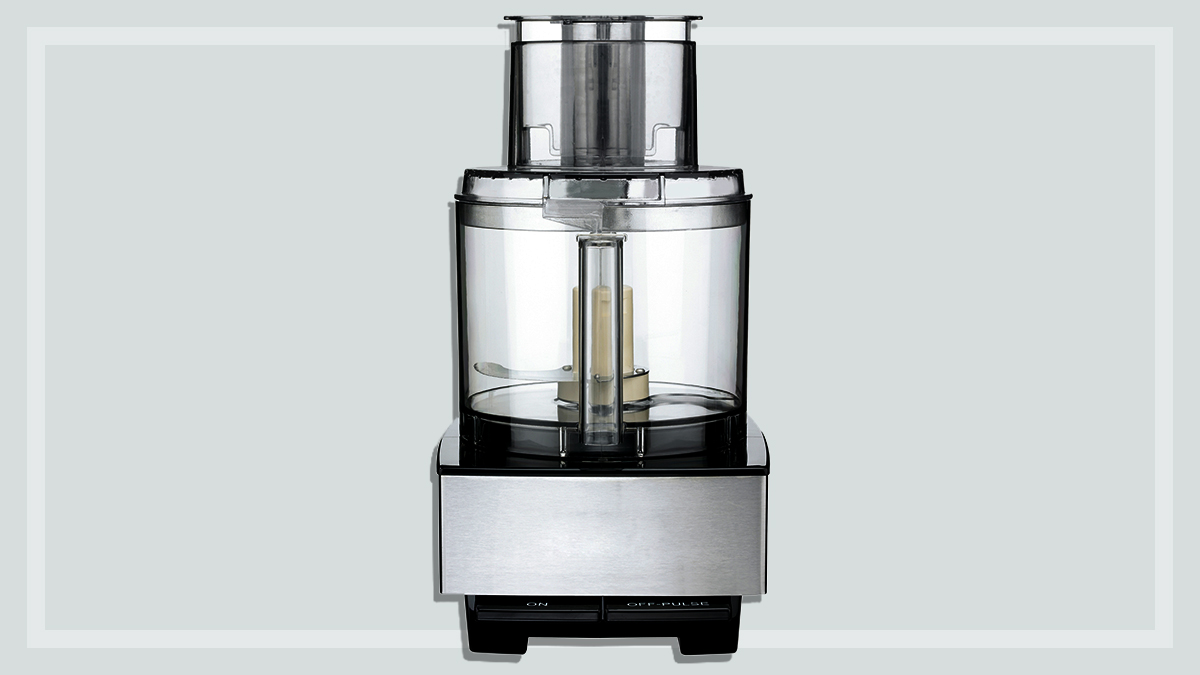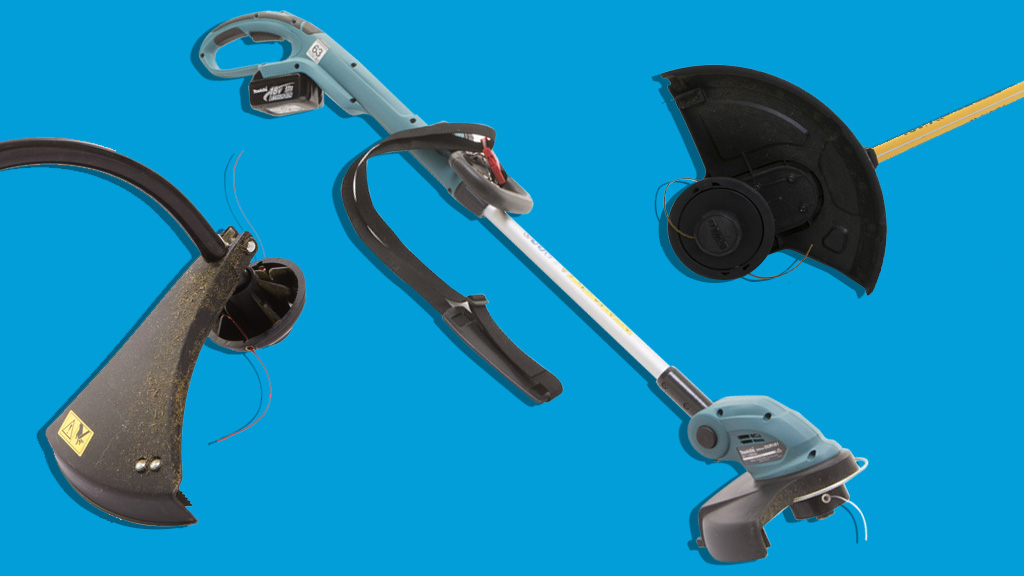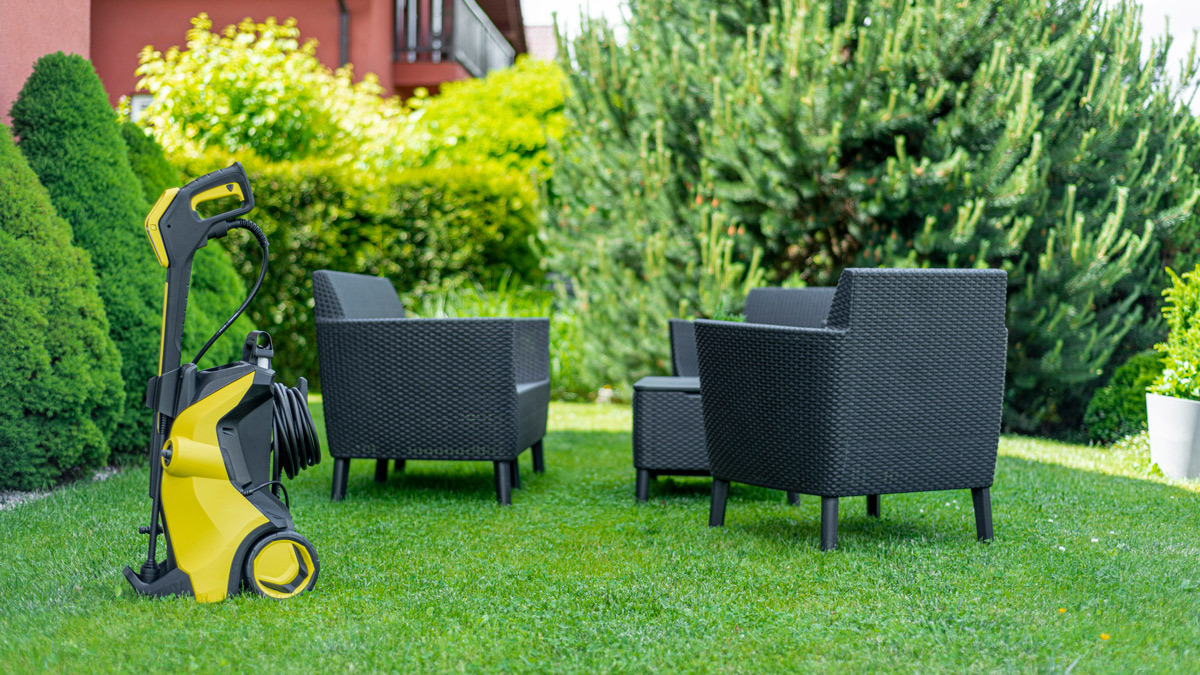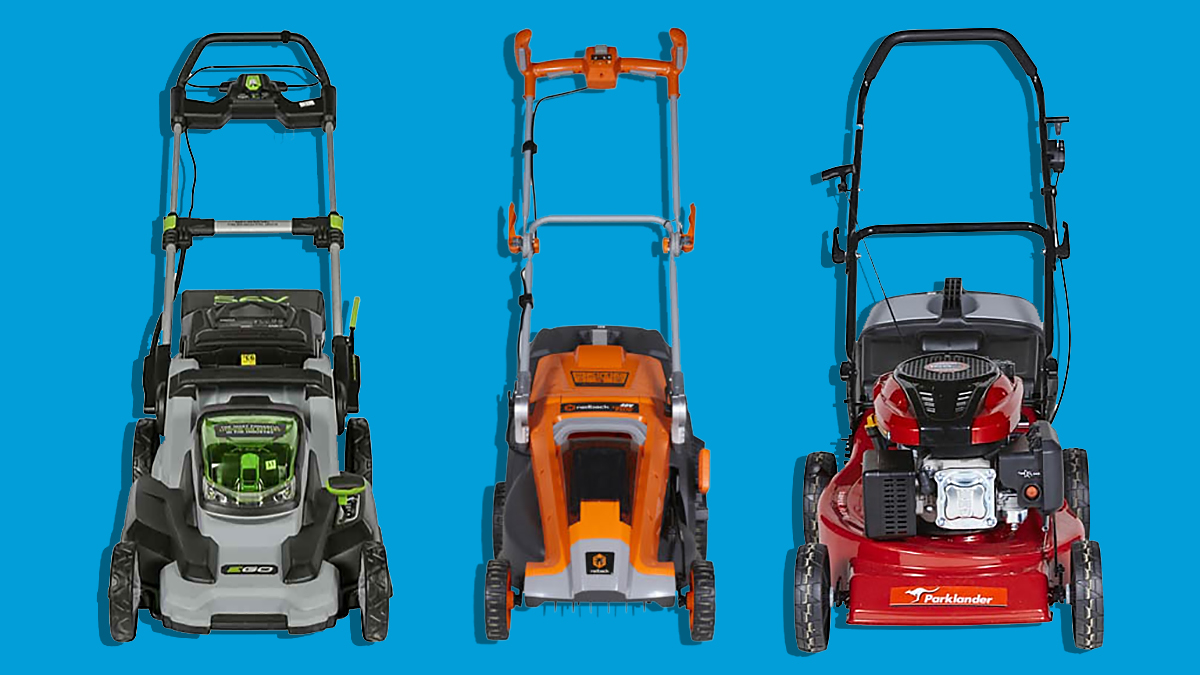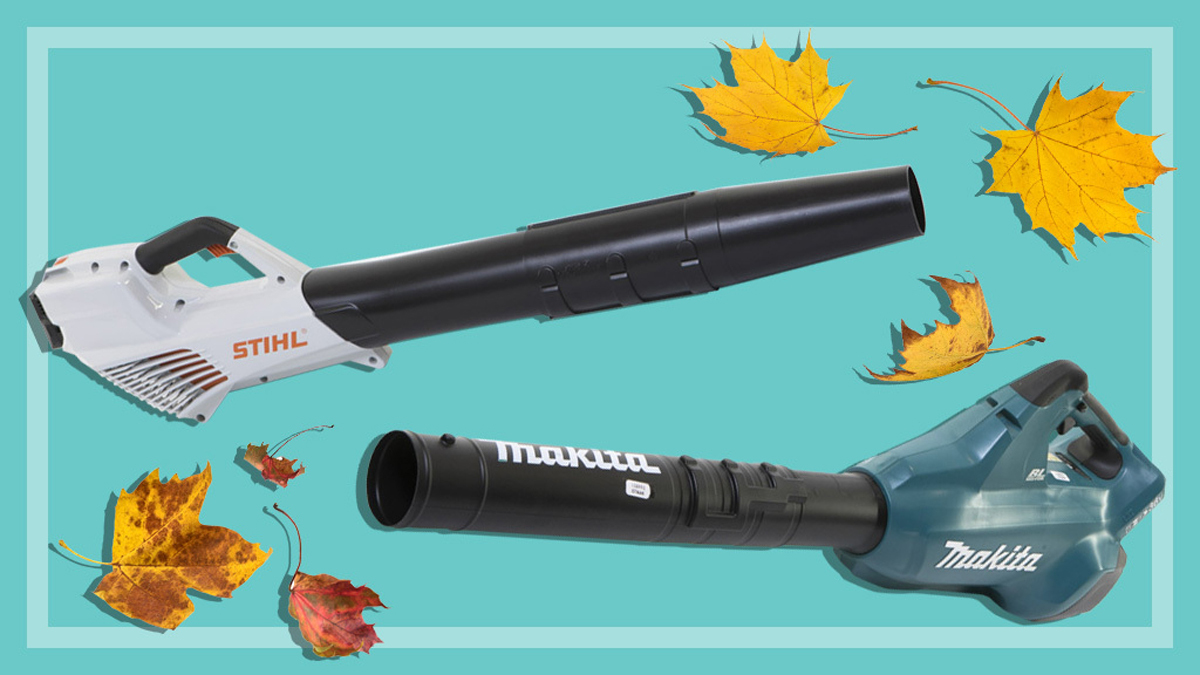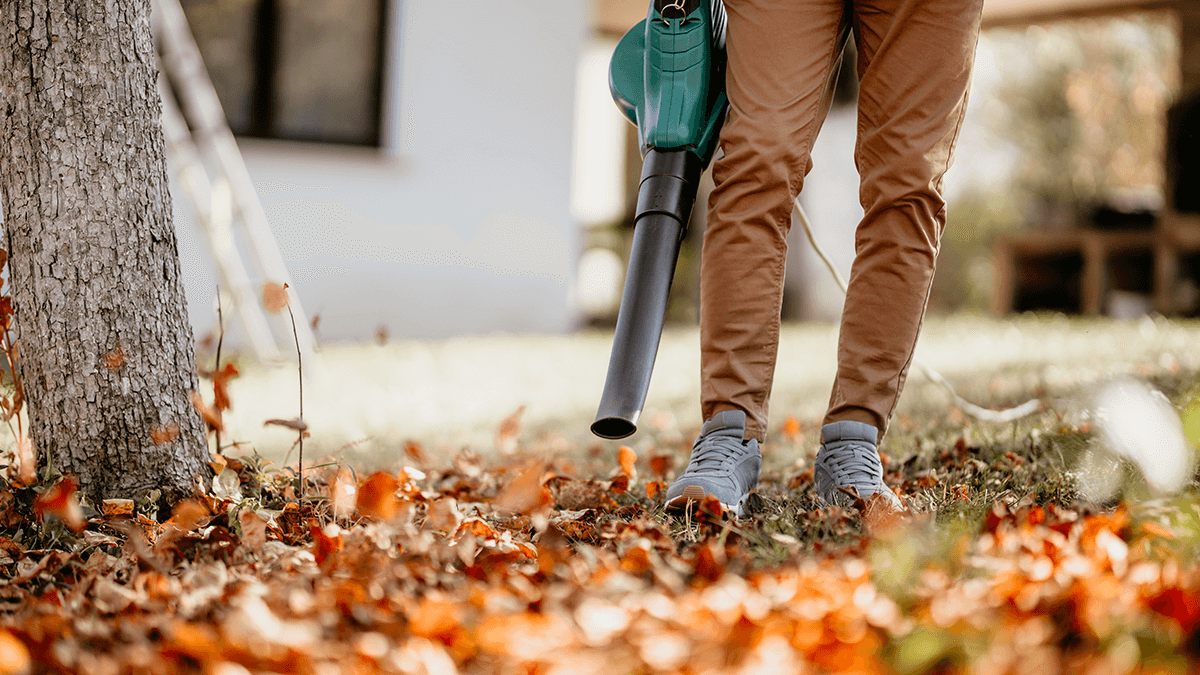Get our independent lab tests, expert reviews and honest advice.
Breville FoodCycler first look review
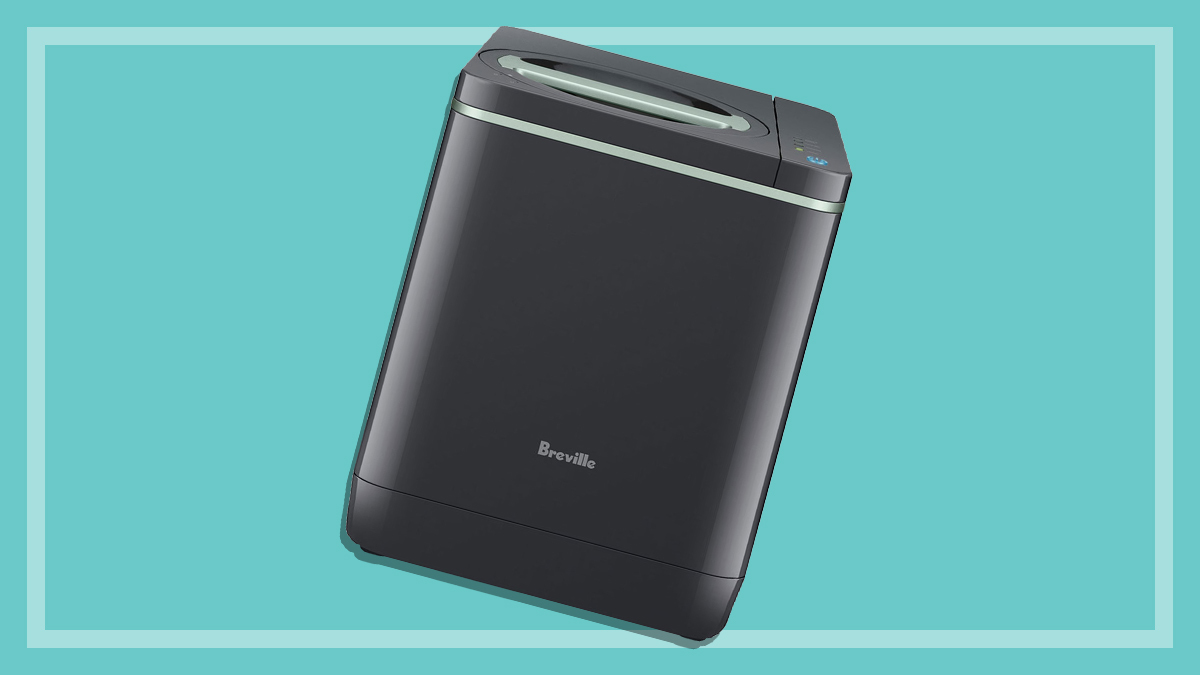
CHOICE verdict
Breville’s ‘The FoodCycler’ delivers in terms of reducing waste, turning your household waste into ‘EcoChips’. But based on its running costs and the cost for replacement filters (which adds up to over $300 a year), we don’t recommend this product. Any benefits for the environment are offset by the electricity costs and the contribution you’re making to landfill with the replacement filters. You can achieve the same results through simple composting.
Price: $499
Contact:
breville.com.auOn this page:
- How does the FoodCycler perform?
- Hidden costs: $300 a year
- Is the FoodCycler easy to use?
- What do I do with my EcoChips?
- Composting alternatives
Breville’s ‘The FoodCycler’ is a food disposal system that claims to reduce your household food waste by over 80% of its original volume, turning it into odourless, nutrient-rich ‘EcoChips’.
It aims to minimise the amount of household food waste going into landfill each week, in turn reducing your contribution to greenhouse gas production.
We tested it with a range of food waste to see if it lives up to its claims and whether it’s a viable alternative to other composting methods.
Spoiler alert: we were so unimpressed, we gave the Breville FoodCycler a Shonky Award.
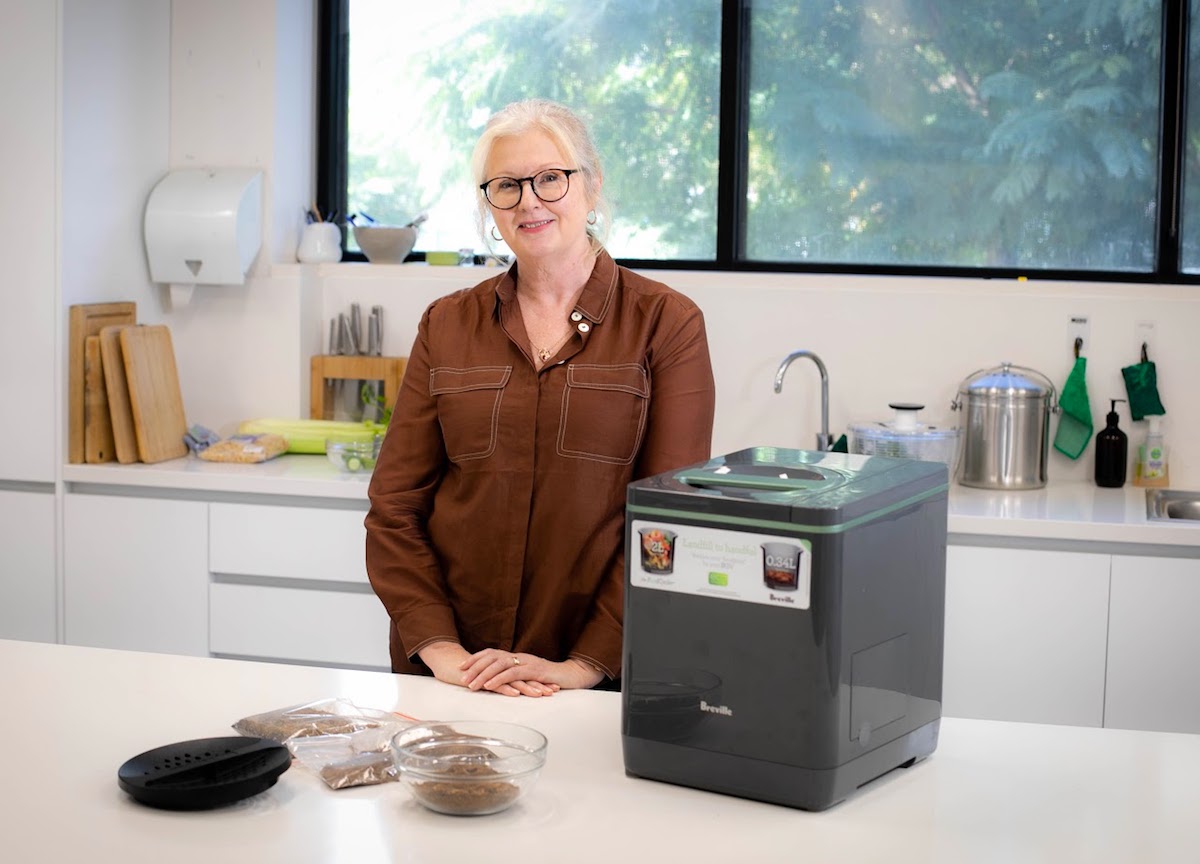
How does the FoodCycler perform?
The FoodCycler has a collection bucket that sits inside the unit that you fill with food waste. It operates in three cycles to pulverise and dehydrate the waste:
- Drying cycle (60–100 minutes)
- Grinding cycle (4–6 hours)
- Cooling cycle (less than 30 minutes).
We did three tests of the FoodCycler.
In the first test we combined celery leaves, onion skins, bacon rinds, coffee grounds and eggshells. The total processing time was just over 4 hours with an 88% reduction in waste volume.
In the second test we added celery pulp and leaves. Due to the amount of moisture in the bin, the processing time was 7 hours and 40 minutes, again with an 88% waste volume reduction.
For the third test we used a combination of avocado skin, chicken bones (hard bones such as beef, lamb and pig bones are not recommended), watermelon skin, coffee grounds and eggshells. It was left overnight for processing and resulted in an 85% waste volume reduction.
CHOICE tip: If you’re adding high moisture foods they should be mixed well with other foods so the end product doesn’t get stuck to the bottom and fail to process properly. It’s also important not to pack food down since overfilling can cause a jam.
What can’t go in the FoodCycler?
Not all food can be put into the FoodCycler. You can’t process:
- hard bones (such as beef, lamb and pig bones)
- candy or gum
- cooking oils or grease
- hard pits (like those in peaches, apricots and nectarines), nuts and other hard shells
- hard fruit and vegetable leaves (like those on a pineapple).
Hidden costs: $300 a year
The Breville website states “with low energy usage and quiet operation, the FoodCycler can fit neatly in any location”. Unfortunately, we don’t believe any of these statements ring true.
Most concerning are the yearly costs associated with running the unit. Based on our performance tests and running the unit seven times a week, the FoodCycler will cost you $86 in energy each year.
But the annual spend doesn’t stop there. The largest yearly cost is replacing the filters.
The two ‘EcoFilters’ used to filter any odours need replacing every 3–4 months, costing $159.80 each year to replace. The separate bucket lid carbon filter needs replacing every six months, costing $63.20 a year.
That’s an additional yearly cost of $223 for replacement parts.
In total, that’s more than $300 a year for parts and energy costs – or $2000 over five years.
Is the FoodCycler easy to use?
Controls
The FoodCycler’s controls are easy to use and it’s easy to follow the sequence of cycles. The unit beeps on completion and turns off at the end of the cooling cycle.
Agitators
The agitators inside the bucket can trap the EcoChips so you’ll need to manually turn the agitator to release the chips, which can be messy.
Size
The FoodCycler is a large unit that can take up considerable space on your kitchen bench. And despite its large footprint, the collection bucket that sits inside and holds your food scraps is small (just 2L capacity) and may only accommodate waste from the meal of just 1–2 people.
Noise
It’s fairly quiet to run – until you hear its intermittent high-pitched sounds.
According to our kitchen expert Fiona Mair, “The sound the FoodCycler produces while it’s running was so annoying that we had to move it out of the kitchen lab while we were waiting for the cycle to finish. You just can’t deal with a noise like that for the 4–8 hours it takes to get through a cycle.”
Cleaning
In terms of cleaning, the collection bucket can be rinsed under water and if there’s any built-up residue on the base, you can run a cycle with only citrus peels to clean it. The exterior is easy to wipe over.
Filters
The filters are easy to replace.
CHOICE tip: Any spills that fall inside the FoodCycler can be damaging, so it’s best to leave the collection bucket out while adding food to avoid spillage inside the unit.
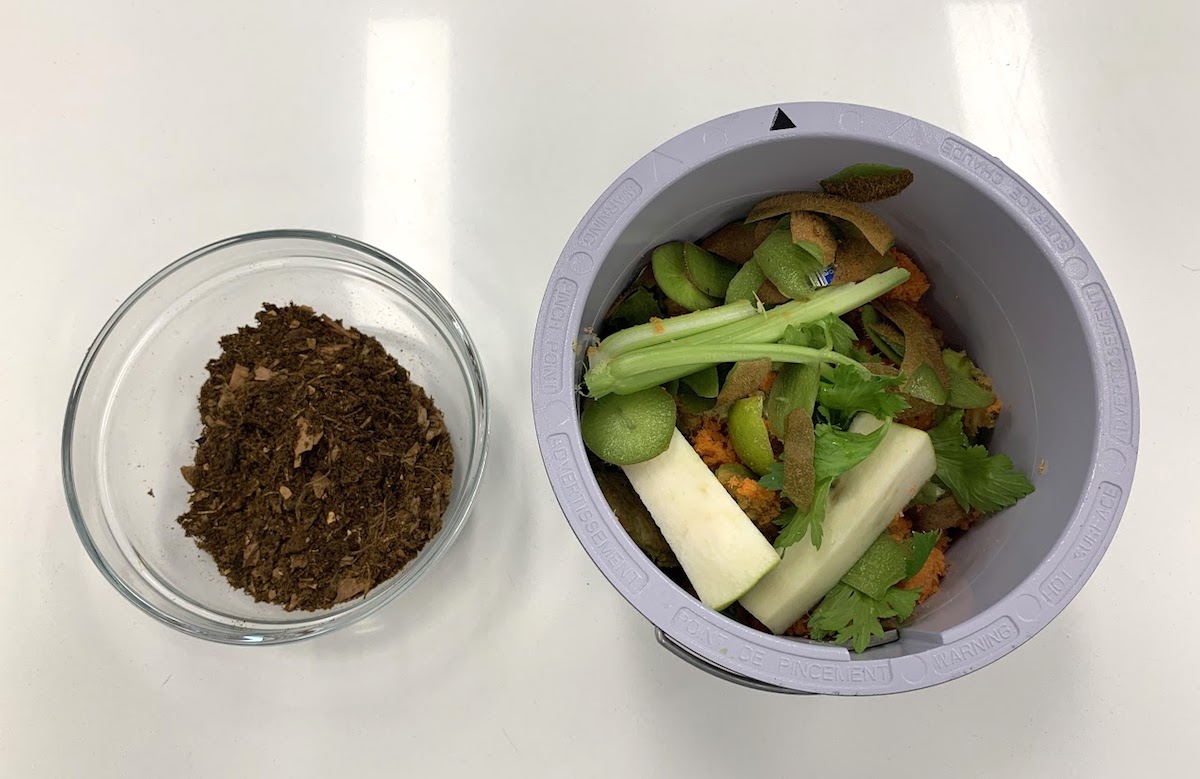
What do I do with my EcoChips?
The resulting EcoChips can be discarded in your bin or garden, and they should be incorporated as part of the topsoil (not just surface applied).
According to Breville’s instructions, you have to wait 90 days before using the EcoChips on soil you grow food in to minimise potential health risks.
So unlike simple composting, you need to keep the output of the FoodCycler around for three months in some cases before they’re useful.
Composting alternatives
When food waste goes into landfill, methane gas is released – a greenhouse gas more damaging to the environment than carbon dioxide. So, composting is a great idea.
By mixing your organic waste in a compost bin and leaving it to break down naturally, the end product is a great way to improve your soil and more importantly, reduce the amount of waste going into landfill.
But Fiona doesn’t rate Breville’s the FoodCycler as a composting solution.
“If you’re someone who is environmentally conscious and looking for an easy way to compost your food scraps, this is one of the poorest choices you could make.” she says.
“Each cycle takes about 4 to 8 hours, and due to the device’s small capacity you can really only fit about one meal’s worth of scraps in there at a time. This means that there are significant running costs associated with the FoodCycler.”
Here are some other ways to compost that you might like to consider.
Bokashi bucket
If you live in an apartment or have limited outdoor space but still want to do your part to reduce the amount of food waste going into landfill, a bokashi bucket is a great alternative to electric composting. It’s an airtight container that can be kept indoors.
You’ll need a bokashi mix that contains microorganisms, but then the kitchen scraps you put into the container ferment and reduce in volume to produce bokashi juice (or fertiliser) which can then be buried in the garden.
You can compost most food waste in a bokashi bucket except for liquids (water, milk or fruit juice), paper and plastic wrap, or meat bones.
Worm farm
If you have a bit of outdoor space, a worm farm is another good alternative. Worms decompose organic matter into worm castings which give soil a nutrient surge.
You can make a farm by using polystyrene boxes or buying one from your local council or hardware store. It needs to be kept in a cool, dry space and you can add everything from banana peels to egg shells.
Just don’t add too much citrus and onions as they’re too acidic, meat scraps and bones, dairy, and not too much coffee grounds or tea bags.
Compost bin
Alternatively, if you have a garden then a compost bin is the best option to create soil you can use in your garden. If you don’t have space to dispose of your bokashi waste, worm castings or food scraps, contact your local council to find a community garden. There are also community-run programs like ShareWaste where you can find nearby composts to take your scraps.

